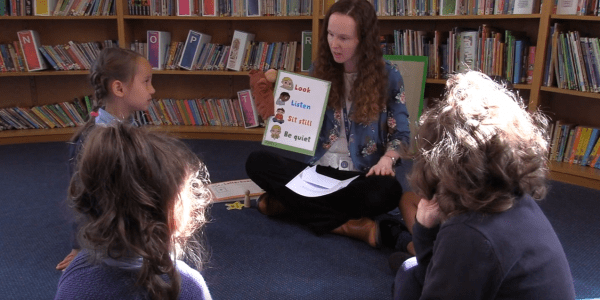
18/09/19
3 min read
One in four teachers work more than 60 hours a week and many work in the evenings, despite successive government promises to reduce their hours, according to a new UCL-led study.
Funded by the Nuffield Foundation, the study is the first to look at data from more than 40,000 primary and secondary teachers in England collected between 1992 and 2017.
One in four teachers work more than 60 hours a week and many work in the evenings, despite successive government promises to reduce their hours, according to a new UCL-led study.
Funded by the Nuffield Foundation, the study is the first to look at data from more than 40,000 primary and secondary teachers in England collected between 1992 and 2017.
The findings show that teachers work around 47 hours per week on average during term-time. This includes the time they spend on marking, lesson planning and administration, with there being little change in this figure over time. In the summer term the average working week was nearer to 50 hours.
Additionally, teachers in England worked on average eight hours more a week compared to teachers in comparable industrialised OECD countries. For example, in 2018, while the average full-time secondary teacher in England worked 49 hours per week the OECD average was 41 hours. The equivalent figure for teachers in Finland was just 34 hours.
The study found that around 40% of teachers in England usually work in the evening and 10% usually work at the weekend. Full-time secondary teachers also said they spend almost as much time on management, administration, marking and lesson planning each week (20.1 hours) as they do actually teaching pupils (20.5 hours).
Lead author, Professor John Jerrim (UCL Institute of Education) said:
“This is the first study to attempt to track the working hours of teachers over such a long period of time.
“Successive secretaries of state for education have made big commitments to teachers about their working hours – how they are determined to reduce the burden of unnecessary tasks and how they will monitor hours robustly.
“Our data show just how difficult it is to reduce teacher workload and working hours. It is early days in terms of judging the effectiveness of the policies put forward over the past year. We’d like to see much closer monitoring of teachers’ working hours, so that the impact of policy can be assessed as soon as possible.
“Overall, bolder plans are needed by the Government to show they are serious about reducing working hours for teachers and bringing them into line with other countries.”
Researchers based their analysis upon four data sources: the Labour Force Survey, the Teaching and Learning International Survey, the UK Time-Use diaries and information gathered from the Teacher-Tapp survey app. Together, these allowed the researchers to compare the working hours of teachers in England to other countries and to investigate change in working hours over time. They were also able to explore how the working hours of teachers vary over the academic year and throughout a regular school day.
The paper highlights that the current methods used by the government to collect data and working hours are not as reliable as they could be and should be reformed. Researchers believe response rates are low and the absence of diary method data collection means it adds little value over other routinely collected data sources.
Josh Hillman, Director of Education at the Nuffield Foundation, said:
“Earlier this year the government’s teacher recruitment and retention strategy acknowledged the teacher supply crisis in England. This research adds to our understanding of this crisis by confirming that teachers are working persistently long hours. This has been the case for over two decades, despite a succession of policy announcements during this period.
“As previous Nuffield-funded work has shown, addressing teachers’ working hours is key to the improvement of both teaching quality and supply. Taking a wider view of the health of teachers over the past 25 years, the next phase of the project will help us to gain an even better understanding of the teacher workforce.”


















































